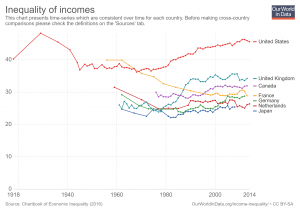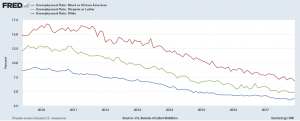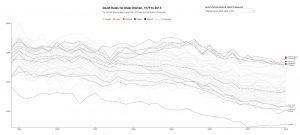 The recent paper, Race and Economic Opportunity in the United States: An Intergenerational Perspective, by the Equal Opportunity Project, has the answer and makes the data available. The executive summary has seven key findings, here are three:
The recent paper, Race and Economic Opportunity in the United States: An Intergenerational Perspective, by the Equal Opportunity Project, has the answer and makes the data available. The executive summary has seven key findings, here are three:
Finding #1: Hispanic Americans are moving up in the income distribution across generations, while Black Americans and American Indians are not.
Finding #2: The black-white income gap is entirely driven by differences in men’s, not women’s, outcomes.
Finding #6: Within low-poverty areas, black-white gaps are smallest in places with low levels of racial bias among whites and high rates of father presence among blacks.
There is something in this paper to challenge everyone’s views at some point. For example,
We find analogous gender differences in other outcomes: black-white gaps in high school completion rates, college attendance rates, and incarceration are all substantially larger for men than for women. Black women have higher college attendance rates than white men, conditional on parental income.
At the bottom of the executive summary are links to data, slides, and the full paper. You can go directly to the data here.


 Our World in Data has an interactive chart
Our World in Data has an interactive chart





